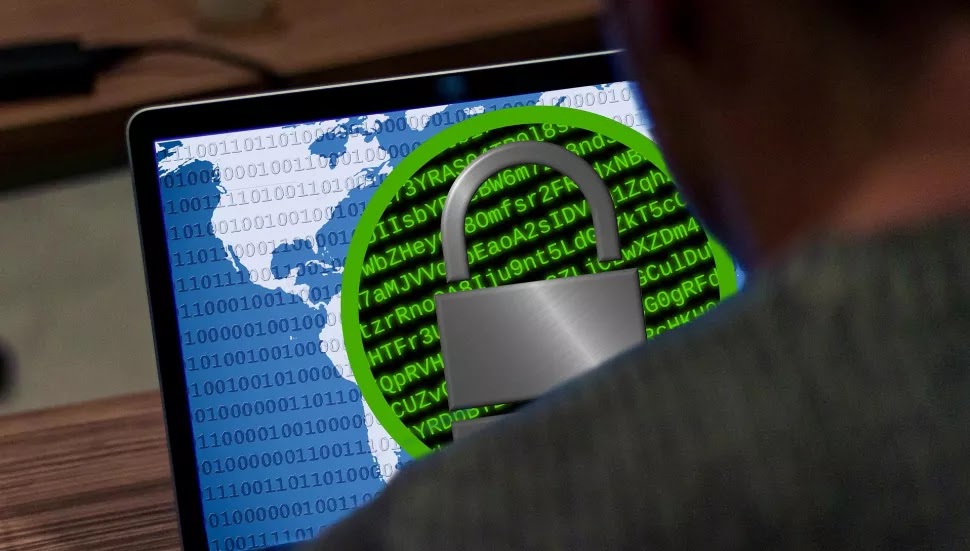As victims quit paying, ransomware becomes less profitable.
The majority of victims reportedly refuse to pay a ransom today.
The amount of money that ransomware(opens in new tab) assaults were used to
extort from organizations is down 40% year over year, showing that more
companies are choosing not to pay to get their sensitive data recovered.
A Chainalysis research looked at cryptocurrency wallets linked to ransomware
organizations. All blockchain data is pseudonymous, thus on-chain tracking of
wallet activity is simple. Because fraudsters must share their wallets with
their victims, it is quite simple to follow these wallets.
However, Chainalysis reports that in 2022, wallets associated with well-known
ransomware organizations stored a total of $456.8 million. These organizations
demanded $766 million in ransom the previous year $765 million is about
comparable to the amount for 2020.
You're needed by TechRadar Pro! We need your assistance to create a better
website for our readers. By responding to our poll and sharing your thoughts
and ideas regarding the tech sector in 2023, you can contribute. Your
responses will all be kept private and anonymous, and it won't take long. Once
more, thank you for your assistance in improving TechRadar Pro.
It's also intriguing that one ransomware gang, or affiliate, does not always
operate with the same ransomware type. The identical wallets were actually
seen accepting payments from individuals who had been infected with several
malware strains, including as Conti, BlackCat, Black Lotus, LockBit,
Sunscript, Hive, and others.
The study contains a warning that the statistics are almost certainly
inconclusive. While it is quite simple for the researchers to monitor wallet
activity, it is impossible to state with certainty whether they discovered and
were monitoring all of them.
Since some businesses do not acknowledge becoming victims of this type of
cybercrime, it is likely that new wallets will appear in the future.







No comments:
Post a Comment